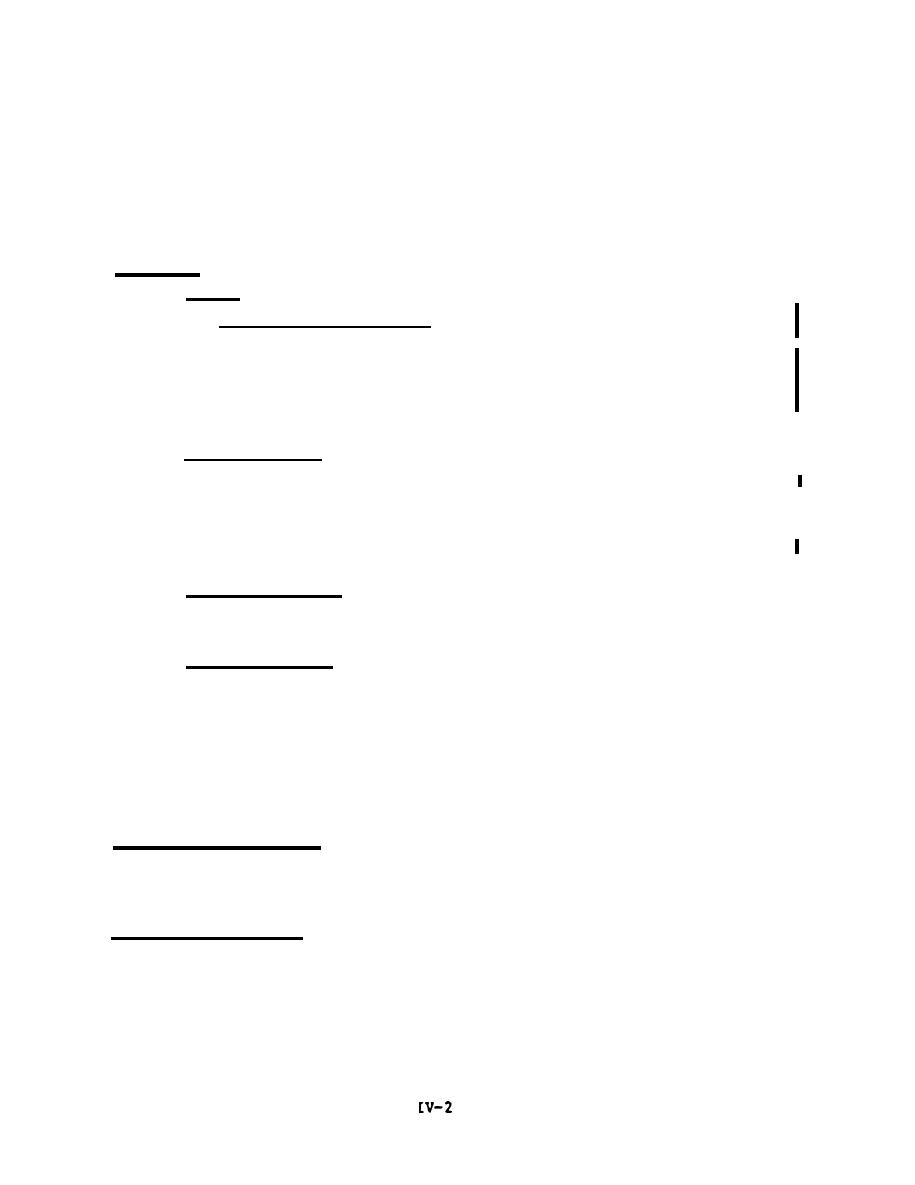

Custom Search
|
|

|
||
 fixtures, ducts, etc., are likely to interfere with the proper
distribution of water from sprinklers. Therefore, sprinklers should be
so located or spaced that any interference is held to a minimum. In
connection herewith the contractor shall obtain coordination among the
trades so as to avoid any interference with potential effectiveness of
the automatic Sprinkler system.
MATERIALS:
1. Valves.
a. Controlling gate valves located at sprinkler riser(s) shall
be either O.S. & Y. valves or butterfly valves. They shall be of the
Underwriters' Laboratories pattern and listing or Factory Mutual
approved. If either of the above noted valves are not used at the
sprinkler riser(s), then listed or approved post indicator valve
assemblies shall be provided on the underground main supplying the
sprinkler riser.
2. Sprinkler heads shall be Underwriters' Laboratories listed or
Factory Mutual approved. The PACNAVFACENGCOM Fire Protection Engineer
shall determine the sprinkler head degree rating during the design review
stage. Heads installed where they might receive mechanical injury shall
be protected with approved guards. Spacing of heads and design density
discharge requirements shall be determined by the PACNAVFACENGCOM Fire
Protection Engineer during the design review stage. Pendant heads, where
required, shall be installed as shown in NFPA Standard No. 13.
3. Sprinkler cabinet with approved number of sprinkler heads (of
all types and ratings installed) and a sprinkler wrench shall be
provided for the system and installed where directed.
4. Approved devices shall be installed on the sprinkler riser for
the automatic transmission of water flow alarms connected to any
existing station exterior fire alarm system and connected for the
sounding of a local fire alarm and shall be such that a flow of water
equal to or greater than that from a single sprinkler head will cause
the transmission of a fire alarm. Each vet-pipe sprinkler riser
assembly and its appurtenances shall be so arranged and equipped in an
approved manner that the transmission of accidental water flow alarms
(due to surges or related conditions) will positively be prevented.
INTERRUPTION OF SERVICE: There shall be no interruption of existing
sprinkler protection, water, electric, or fire alarm service without
prior written permission of the Contracting Officer. Permission shall
be requested at least 48 hours before planned interruption.
EXCESS PRESSURE PUMPS will not normally be required.
TESTS: Upon completion of the installation, the system shall be
hydrostatically tested and flushed as specified in NFPA Standard No.
13, in the presence of the Contracting Officer or his authorized
representative. When hydrostatic, pneumatic, trip and alarm tests
|
 |
|
 |
||